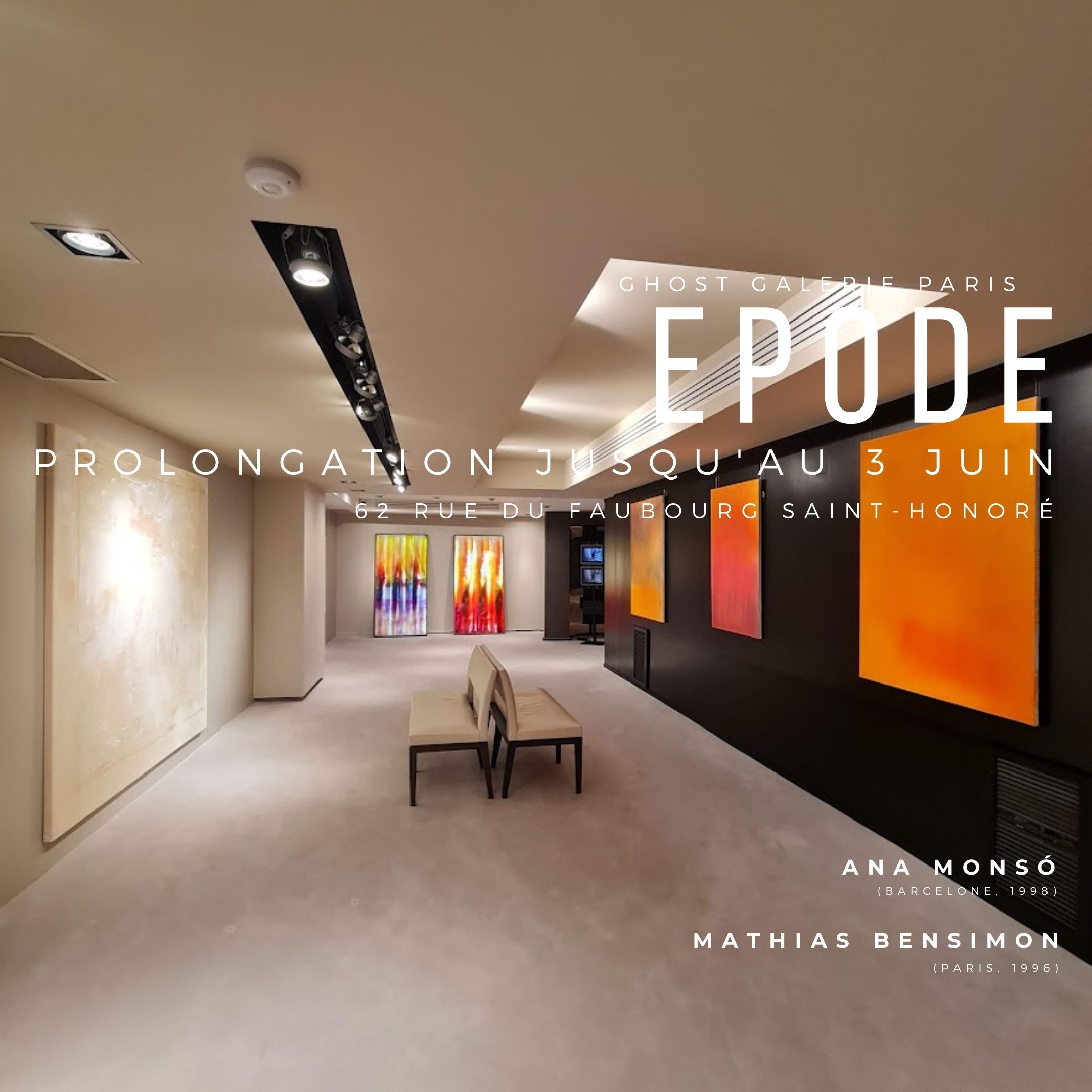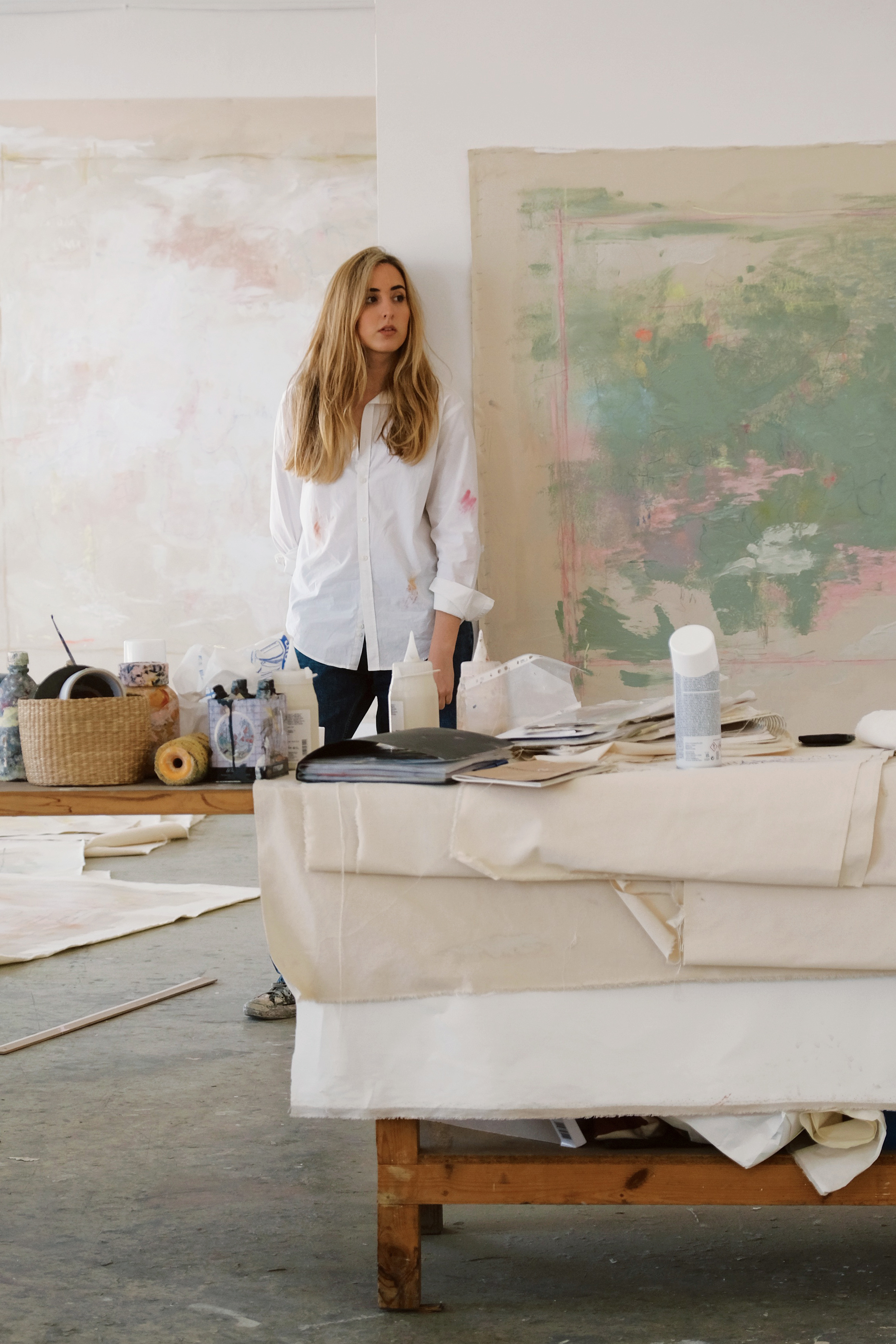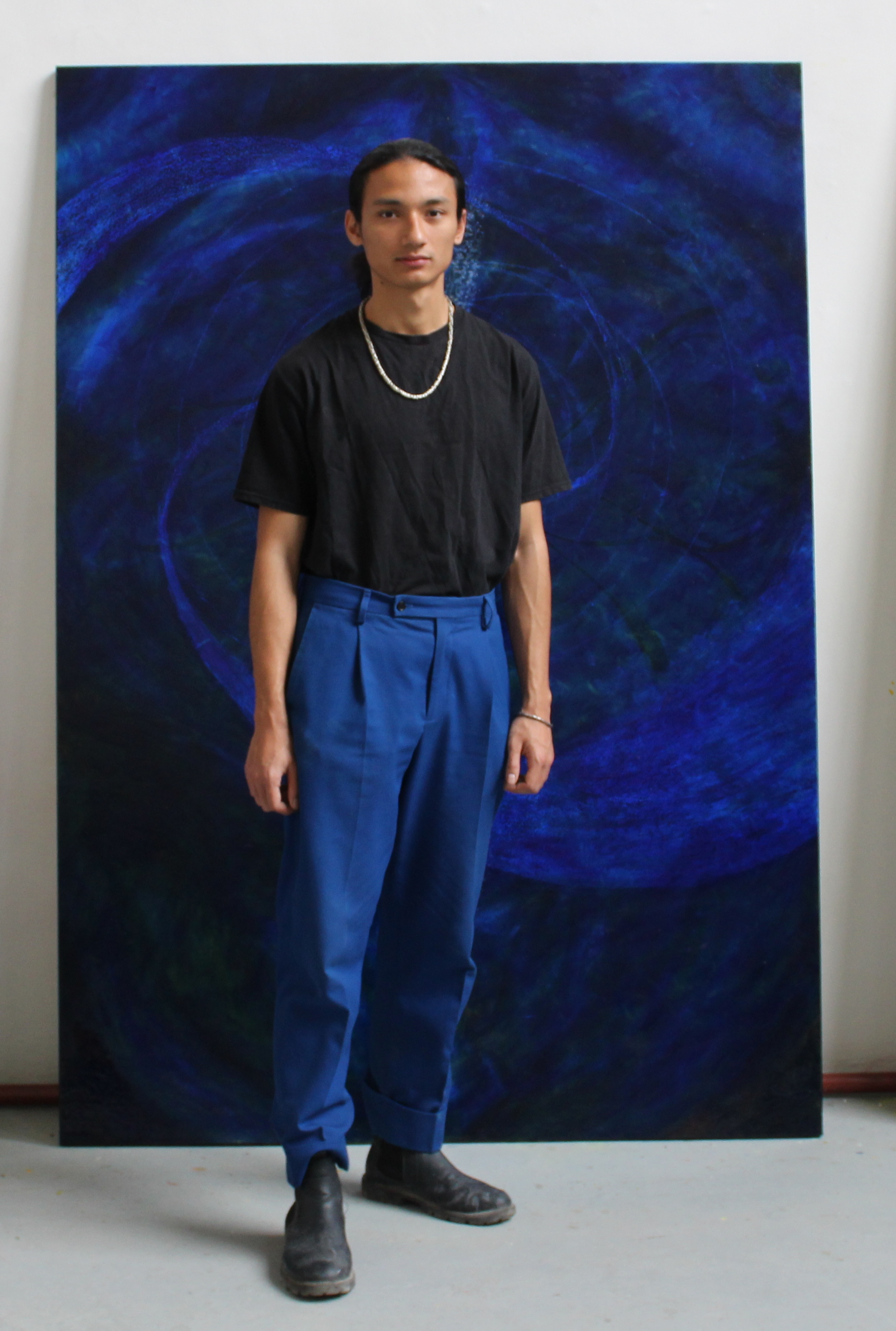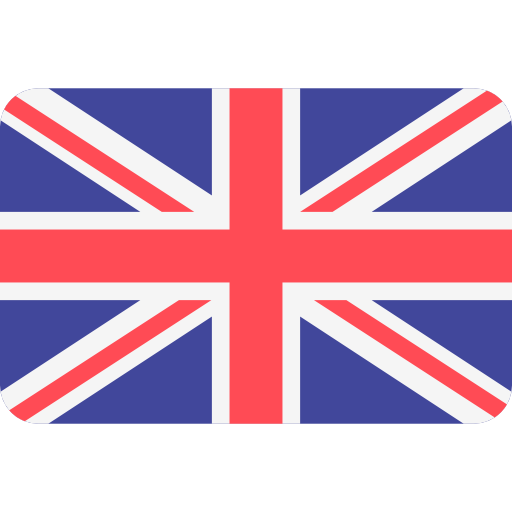
EPODE
Ana Monsó, Mathias Bensimon
DUO SHOW
07th APRIL -
13th MAY 2023
PARIS
62 RUE DU FAUBOURG SAINT-HONORÉ
75008 PARIS FRANCE
Epode becomes a fragmentary response, where the exhibition space becomes a tangibilia, a sensitive object, the prism through which the substantive light of the work moves. This is where the poetics of Ana Monsó and Mathias Bensimon unfold. They question the variations of the work, and the relationship it has with space and light; consubstantial entities of the art object. Within this exhibition, the paintings presented by Ana Monsó force us to question the message of the work, to look for the singular, the nuance; like the solitary gaze that sweeps through urban life, Ana forces the viewer to take time, to stop on the hidden signs of a memorial presence; symbolic where the poetic vision arises: letters, words, which reveal the metaphor of the memory, barely visible, a that-was.
What does the title EPODE say about your work and your way of painting? What does it mean to you?
In my works there is a coexistence of two separate worlds, made visible in one: the rational world and the poetic world. What we see are nostalgic abstract reinterpretations of my own memories, reinterpretations that are resolved in two stages. The first is the rational stage, where I reinterpret my memories by freely drawing what the moment I am reviving suggests to me. The second is the poetic stage, in which the symbols created during the "rational" stage are covered with a layer of paint. By adding the paint freely, I don't know what will or will not be visible once it dries. This is a metaphor for what remains visible of that memory now in me, as some elements of the memory have been erased, as in the paint. The two stages, or in other words, the two worlds (poetic and rational) coexist and work together to create a final piece, a song, that leads to a new world; just as in an Epode where two unequal verses form the final lyrical couplet. Ana Monsó
What does the title EPODE say about your work and your way of painting? What does it mean to you?
To evoke what the word epode brought to life in me, I would quote Horace: "But I, for whom life has no charm but you living, if not unbearable? You tell me to continue in my leisure. Will I do it? It is sweet only with you." In order to provoke an existential reflection, I would like to address the question: By what are we animated? The enigma of creation has always been sublimated by an existential dichotomy, a subtle balance between evanescence and timelessness. It is indeed that our perception of the world is based on three constituent elements, matter, energy and knowledge (information). Thus, an artistic creation is itself tinged with these principles, by incorporating matter, from our daily life, energy, embodied by gesture, movement and action, as well as affective or sensory intelligence, the emotional tone that emanates from the work and the experience it provokes. Being similar to a fundamental necessity for the human being, it is however deprived of any practical utility, carrying in itself this paradox which makes of it at the same time a spiritual manifestation (of the spirit) and physical (in matter) by inducing a sensitive experience. Mathias Bensimon
An individuation that we find through the paintings of Mathias Bensimon, for whom the light has a materiality of its own, a consistency. He makes of it the architect, the demiurge, which, by the movement, gives life to the various colors which different shades that dance under the eyes of the viewer. This multitude of individual characters gives his works the free interpretation of their poetry, what he calls "space"; an intimate relationship between the subjectivity of the subject looking and the object looked at. Two singular artists are presented here by the Ghost Galerie. Two artists who, with regard to the urban art of graffiti and post-graffiti, espouse an approach, if not similar, at least concomitant with a need to abandon the formal and conceptual structure, and this, in an increased desire to awaken the subjective sensitivity of the viewer. Léon Vuillecard

Ana Monsó
Born in 1998 in Barcelona, Spain
Studying at Cambridge (Art and Design) and then in London (Fashion Design at the University of the Arts), Ana Monsó defines herself as multidisciplinary artist. Her artistic practice conveys a spontaneous spirit inspired by her childhood memories. "When I grow up, I want to be a kid again". She is currently one of the resident artists of the contemporary art program Piramidón in Barcelona, along with twenty other artists, and has just been selected to join the Royal Academy of Art in London in 2023.
Download catalog
Selection

Mathias Bensimon
Born in 1996 in Paris, France
Graduated from the Beaux-Arts de Paris in 2022, Mathias Bensimon is a French artist, visual artist, performer and dancer. He received a multiple training within the academy: Ann Veronica Janssens (light and transparency), Wernher Bouwens (color and installation), Emmanuelle Huynh (movement) allowing him to participate in various artistic projects in France and abroad: Museu Arqueologico do Carmo, Museum of Fine arts, Ho Chi Minh City, the Temple of Hesadera, Tokyo Musashino museum, the Grand Palais, chez Paulin in Paris alongside Anish Kapoor; to participate in Prizes (Dior Prize, Château de la Colle Noire); artistic events (nuit Blanche in Paris in 2022). Or to realize monumental frescoes (Cogedim, Jean-Michel Wilmotte).
Download catalog
Selection
WHEN I GROW UP, I WANT TO BE A CHILD AGAIN
I center my work on the self-reflection of sacred moments in my life. Drawing from my childhood memories, I create freely, allowing the final work to be a fusion of my inspirations. My work is an ode to latent childlike innocence. I try to reinterpret the world without rules and boundaries, as a child would do before social judgment and established norms were imposed. Ana Monsó
STATEMENT
In the field of my practice, light constitutes the heart of my work. Light as a medium and substance, but also light as a revealing intelligence. As a testimony of the different manifestations of reality, light can appear to us under a multitude of forms and reflections. It raises the question of the visible and the invisible. How to make visible the invisible? How to touch the immaterial source while passing by the matter? Mathias Bensimon
 English
English